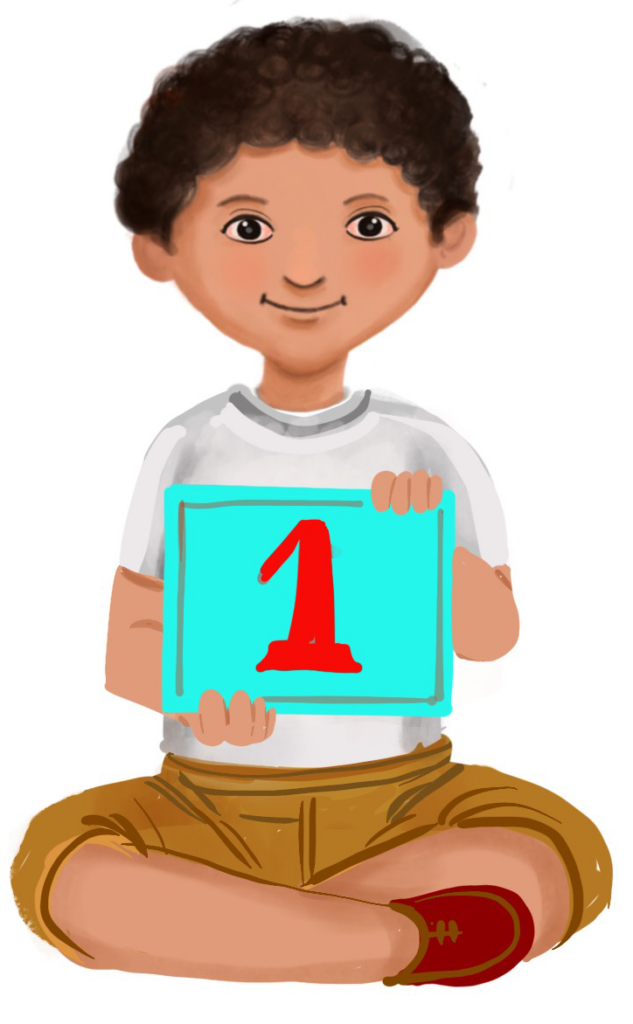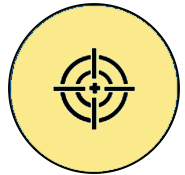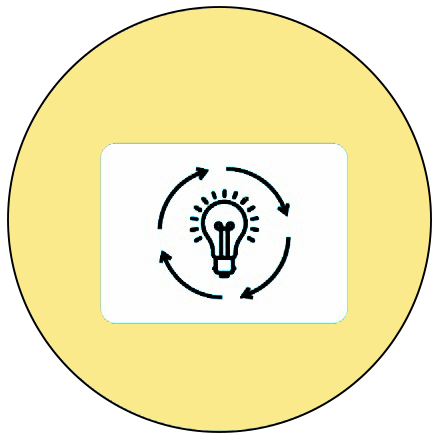
Measurement
Week 3 – Measure Liquids
Learning Outcome
Measure volumes of containers using uniform nonstandard units like a cup/spoon/mug, and arranges in an order, the containers as per their volumes based on perception.
 Objective
Objective
Children will comprehend what capacity is and how to compare containers of varying sizes.
 Prerequisites
Prerequisites
- Children can identify the big and small-sized containers.
- The teacher can have a simple check for understanding at the beginning of the lesson by asking the children to identify big and small containers that can hold liquid by showing flash cards.
 Pre-teach Vocabulary
Pre-teach Vocabulary
Containers, glass, liquid, big, small, more, less
Introduction
The teacher says, “Children, in the last two weeks we learned about measuring the length and weight of objects. This week we will learn about measuring liquids. Come on, let us start.”
Materials required:
- Water bottles, buckets, mugs and tumblers of different sizes
- Flash card with images of big and small-sized containers in sets
LTM: Printable flashcards – Coming soon
The teacher can ask a few children to bring their water bottles and place them on the teacher’s table. [If the children do not have water bottles, the teacher might gather 5 bottles of various sizes and put them on the table.] The teacher might draw the children’s attention to varied bottle sizes.
- Tell children that bottles can hold liquids other than water, such as milk, buttermilk, and juice.
- Assign one child to take the larger bottle and the other to take the smaller one on display.
- If the bottles already contain water, empty them.
- Keep a small bucket of water near the teacher’s table.
- Give each child an equal-sized bowl or tumbler, and tell them to fill their assigned empty bottle with water from the bucket using the bowl or tumbler.
- Have two other children count the number of bowls or tumblers used to fill two empty bottles with water.
- Permit other children to observe and count themselves. Then ask them to publicly share their results.
- The teacher asks why the results differ when both children use the same bowl or tumbler size to fill their assigned bottles. [Wait for response]
- Then says, yes, bottles vary in size. A larger bottle holds more liquid than a smaller one. As a result, filling a large bottle requires more bowls of water than filling a small one. Hence the capacity of a container is the amount of liquid that it can hold. Have you understood what capacity is?
Let’s clap and get ready for some activity.
Video: Measure liquid – Coming soon
ISL Video: Measure liquid – Coming soon
Activity 1: Collect and Compare
Objective: To know that capacity varies with the size of the container.
Importance of the activity for children:
Helps in developing:
- Fine motor Skills (Holding, hand-eye coordination)
- Gross motor Skills (Running)
- Cognitive Skills (Comprehending the relation between size and capacity, concentration)
- Social Skills (Working in group)
- Language Skills (Concept formation like ‘Capacity’)
- Emotional skills (Sense of achievement on completion builds self-esteem)
Resources required:
Water bottles of different sizes filled with water (20 in number approximately); Tupperware pitchers of different sizes filled with water (20 in number approximately). The number varies with the strength of the class.
Setting for the activity:
The activity can be done indoors or outdoors depending on the available space.
Type of activity: Group activity
Preparation of activity:
Ensure that the required number of water bottles and Tupperware are kept in different locations.
Procedure:
- Water bottles and Tupperware glasses are to be kept on the table.
- Divide the class into two groups.
- Direct each member of one group to collect one Tupperware and each member of the other group to gather one water bottle.
- After collection, assign two members of the same group to compare the size of their containers.
- Each pair should demonstrate to the class that their Tupperware is larger than their partner’s (say, Sonu’s Tupperware). So my Tupperware can store more water than… The other child should state that my Tupperware is smaller than her/his (mention the name, say, Timmy’s) Tupperware. So, my Tupperware will hold less water than… (The answer can be more, less, or equal.)
- The teacher should check for the correctness of the answer.
- Encourage each pair with big applause or a sticker gift.
- To reiterate the concept, the teacher can choose a bottle and Tupperware of varying sizes and ask children which container can hold more liquid and check on the correctness of the answer.
Role of the teacher: Demonstrator, observer and facilitator.
Observations:
Observe the activity to ensure children understand and follow the instructions correctly.
The teacher can note down his or her observations and guide the children accordingly.
Suggested variation in the activity:
Instead of asking children to collect objects, set out different sizes of water bottles and Tupperware on the table. The teacher next instructs each child to select two bottles or two Tupperware containers based on their water capacity. It can thus be converted into an individual activity.
Conclusion:
Children will understand big containers will hold more liquid and small containers will hold less liquid.
Assessment:
Assessment: Practice worksheet – Measuring Liquids – Coming soon
Assessment: Practice worksheet – Measuring Liquids (Enlarged) – Coming soon
Assessment: Assessment worksheet – Measuring Liquids – Coming soon
Assessment: Assessment worksheet – Measuring Liquids (Enlarged) – Coming soon
Check list for teacher:
| Activity | Yes | No | Sometimes |
| Children can: | |||
| Identify big containers and small containers | |||
| Understand what capacity is | |||
| Comprehend that big containers can hold more liquid and small containers can hold less liquid | |||
| Complete the activity in the given time | |||
| Do the activity independently | |||
| Express verbally and through actions, expressions or gestures | |||
| Enjoy teamwork, appreciate others and is willing to learn from others |
Home Activity
Home Activity: Name the container you use for the following activities – Coming soon
Home Activity: Arrange the container according to capacity – Coming soon
Cross-Curricular Connection:
- In art class:
Provide an outline image of a number of containers in different sizes (e.g., large and little spoon, big and small mug, big and small bucket, etc.) on a drawing sheet. Allow the children to colour all the little containers in one colour and all the large containers in another one. - In Physical Education class:
The degree of comparison can be taught by demonstrating two different things, one with more capacity and the other with less capacity. For example, a glass carries less water than a mug.
Hence, a mug has more capacity than a glass, or a glass has less capacity than a mug.
Adaptations for addressing learner variability: Adaptations and strategies – Coming soon
Teacher Resource Document
| Source and Attribution of images: All images used in the above Assets and Aids are originally created. |
| This digital material has been developed by the Sri Sathya Sai Vidya Vahini Inclusive Education Project, a unit of Sri Sathya Sai Central Trust, Prasanthi Nilayam, as a collaborative offering in the service of our nation. |